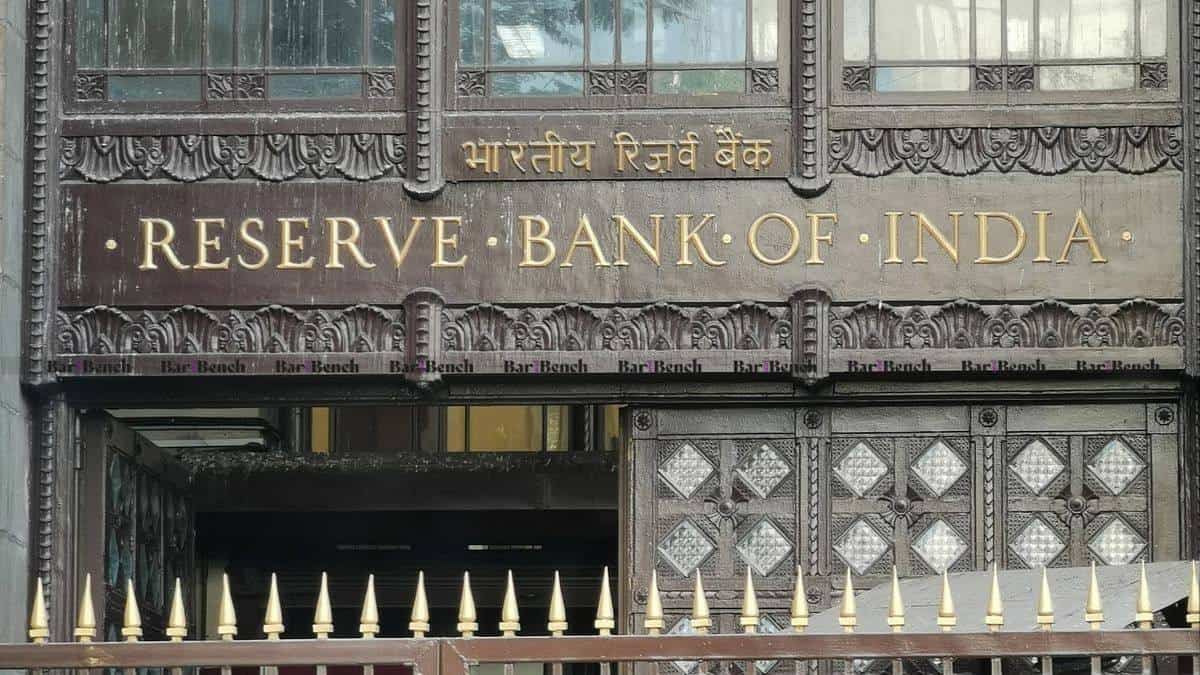In the worst-case scenario, banks’ gross nonperforming assets (NPAs) might reach 9.5 percent by September 2022, according to the RBI Financial Stability Report
Scheduled Commercial Banks, on the other hand, would have sufficient capital, both aggregately and individually, even under stress, according to the research.

The Reserve Bank of India (RBI) said in its Financial Stability Report on December 29 that stress tests revealed that banks’ gross non-performing assets (GNPAs) could rise from 6.9% in September 2021 to 8.1 percent in September 2022 under the baseline scenario and to 9.5 percent under a severe stress scenario.
Scheduled Commercial Banks, on the other hand, would have sufficient capital, both aggregately and individually, even under stress, according to the research.
The FSR reflects the Financial Stability and Development Council’s (FSDC) Sub-(Sub-Committee) Committee’s collective assessment of risks to financial stability and financial system resilience.
Emerging signals of stress in micro, small, and medium enterprises (MSME) and the microfinance segment, according to the FSR research, call for rigorous monitoring of these portfolios in the future.
On the home front, advances in vaccination have allowed the recovery to gather traction following the pandemic’s crippling second wave, according to the FSR study.
However, there are indicators of a recent slowdown, according to the research. In addition, the corporate sector is growing, and bank credit growth is improving.
The capital to risk-weighted assets ratio (CRAR) of scheduled commercial banks (SCBs) reached a new high of 16.6% in September 2021, while their provisioning coverage ratio (PCR) was 68.1 percent, according to the report.
Furthermore, the report said that the global economic recovery has slowed in the second half of 2021 as a result of resurfacing COVID-19 infections, the new variation Omicron, supply interruptions, and bottlenecks, and rising inflationary levels.
Shifts in monetary policy attitudes and actions across advanced and developing market economies also contributed to global economic stagnation, according to the FSR research.


